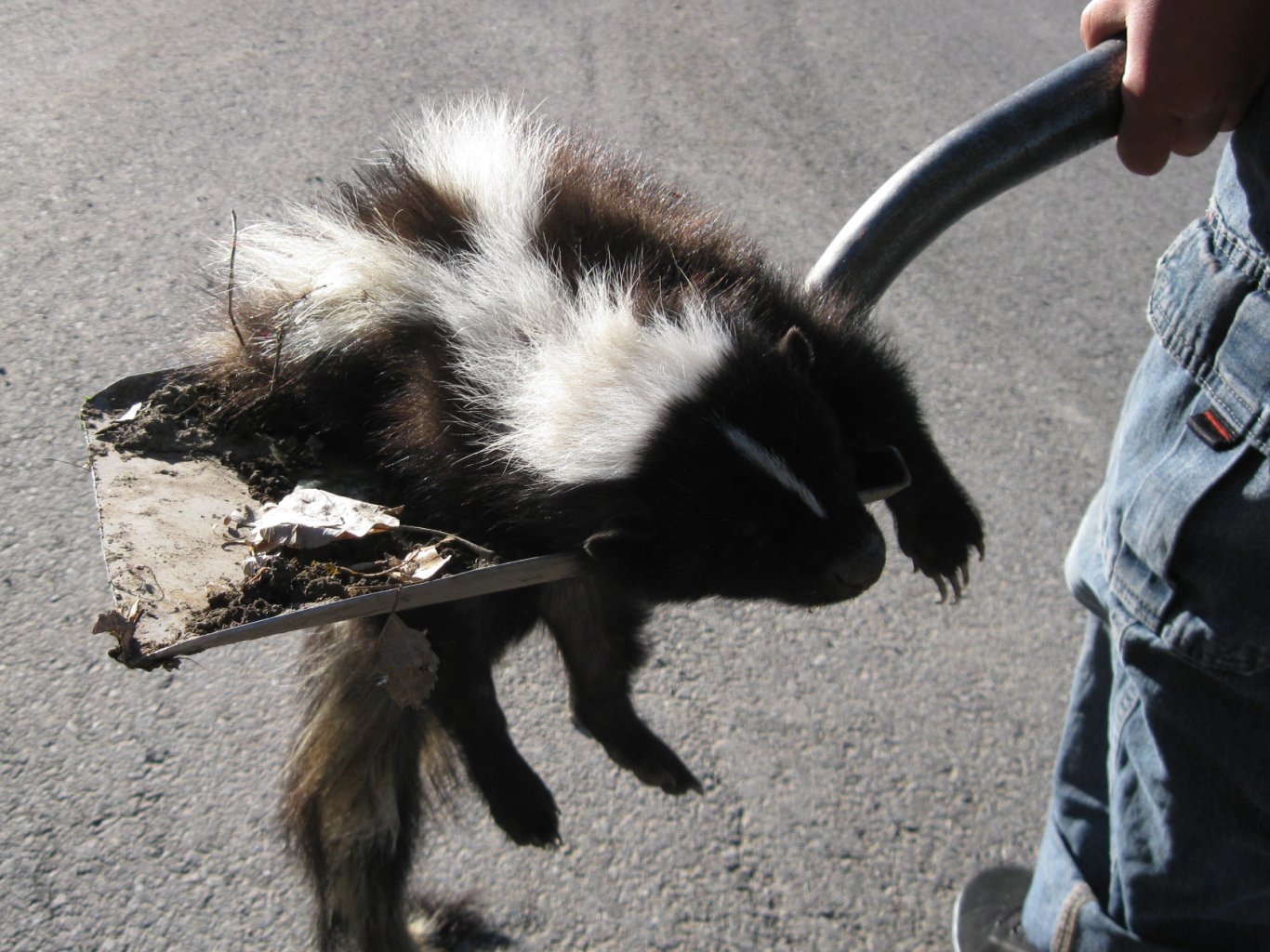
Call Now For Help With Skunks
Nuisance Skunks Concerns
Skunks
The scientific name for the black and white striped or spotted furry animals is Mephitis mephitis. Skunks are mostly found in the United States, northern parts of Mexico and the southern and central parts of Canada. The animals have long tails and short limbs. Their average weight is fourteen pounds. Male skunks are built to be a little bigger than the females. Some skunks have swirl patterns on the fur. The skunk family name, “Mephitidae” means “stink”.
Skunk Removal Service Areas
- Sugar Land TX Skunk Removal Services
- Katy TX Skunk Control Services
- Galveston TX Skunk Removal Company
- League City TX Skunk Control Company
- Pearland TX Skunk Removal Services
- Missouri City TX Skunk Control Services
- Friendswood TX Skunk Removal Company
Subspecies
There are about thirteen subspecies of skunks. The Florida, Eastern, California
Gestation
When mating, one male gets intimate with more than one female. Skunks have a short gestation period, lasting between 59 to 77 days. The female can give birth to up to ten offsprings
Behavior
Skunks are known to be nocturnal. During the day, they sleep in their
Habitat
The animals live in grasslands, woodlands, deserts
Life Span
While in the wild, the skunk can live for up to four years. When kept, a skunk can survive for a decade.
Diet
The skunks are omnivorous animals. They feed on insects, rodents, reptiles, fruits and worms, berries, mushrooms and bird eggs. To feed on honey bees, skunks often attack
Skunk Spray
The rectums at the end of the animals’ tails have anal glands. Both glands have nipples. That’s where the skunk smell comes from. Through their anus, skunks release an oily substance, which can be sprayed as far as ten feet. While the substance sprayed may not be poisonous, it releases a pungent smell which stays on the victim for days. The smell is irritating and will make the victim uncomfortable for a long time. They do this to keep predators and threats away. When being chased by predators, skunks aim and release this substance which forms a cloudy foam on air, this prevents the predator from getting to run
Benefits
Skunk fur is a commodity to man. They have a rich luster. Skunks are also beneficial to farmers and those who practice agriculture as they destroy garden pests. They eat bugs and parasites, which are harmful to crops. They can also be kept as pets in some states.
Rabies
Skunks, especially the striped type, are known to be carriers of the rabies virus. Rabies affects the central nervous system in mammals. Skunks with the Rabies virus are a threat to humans as the virus can infect humans even when they don’t show the symptoms during the first stages.

